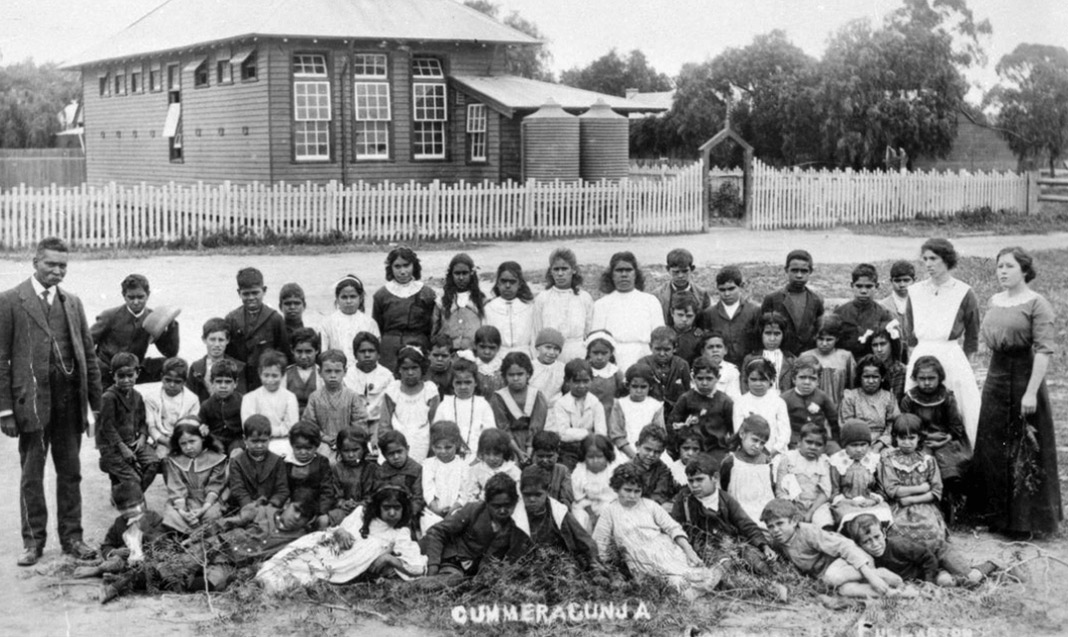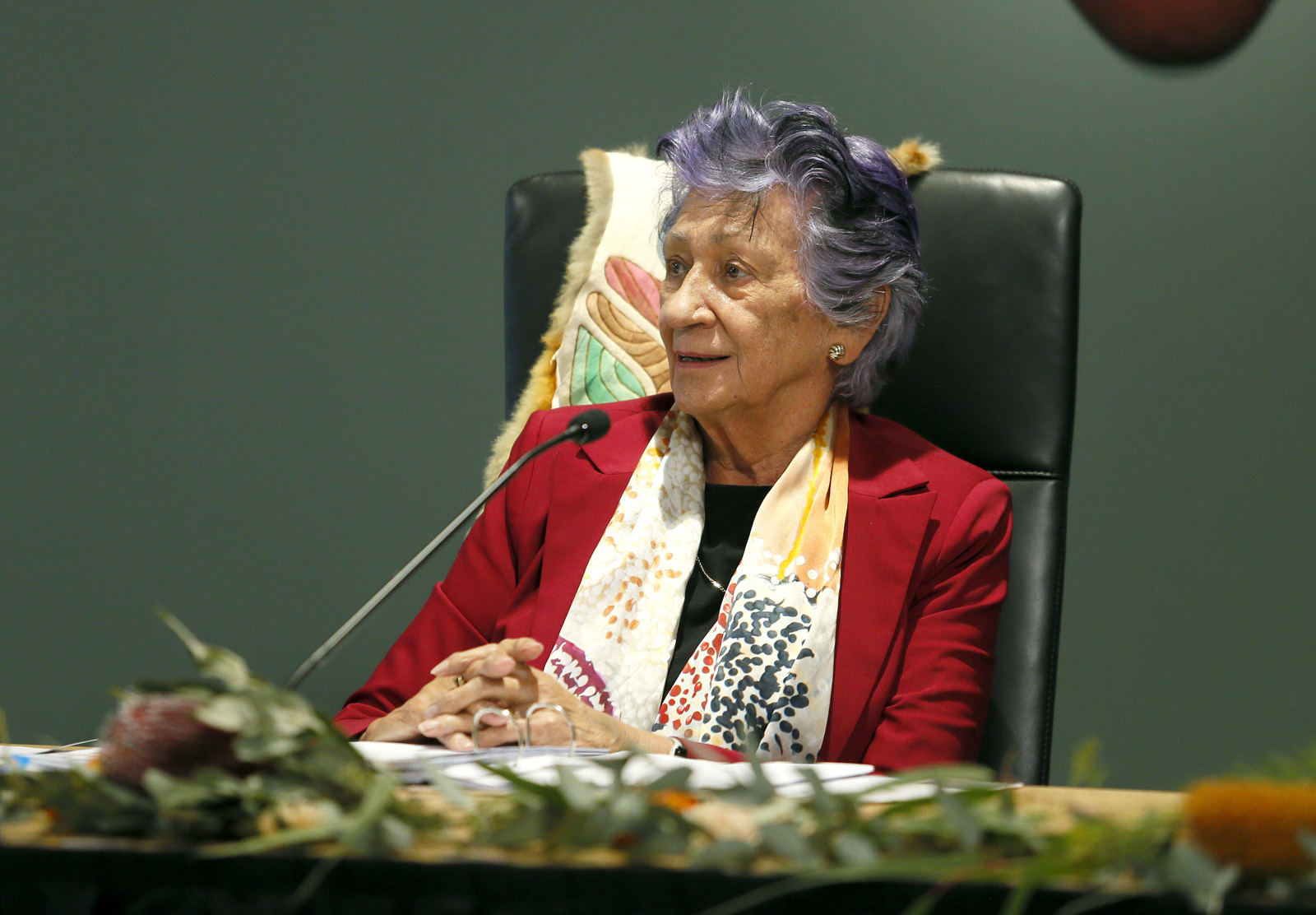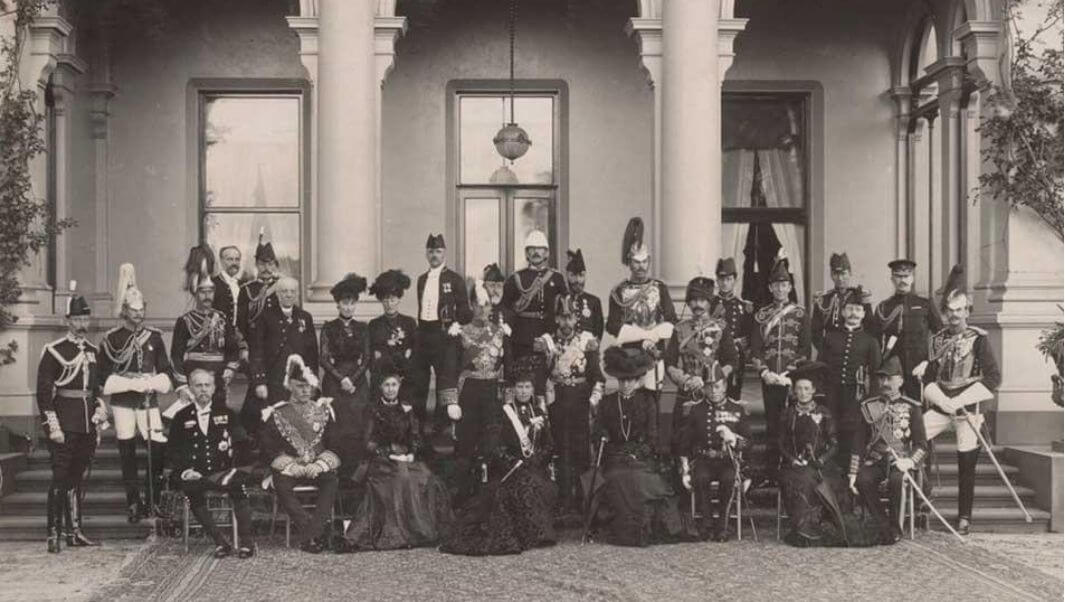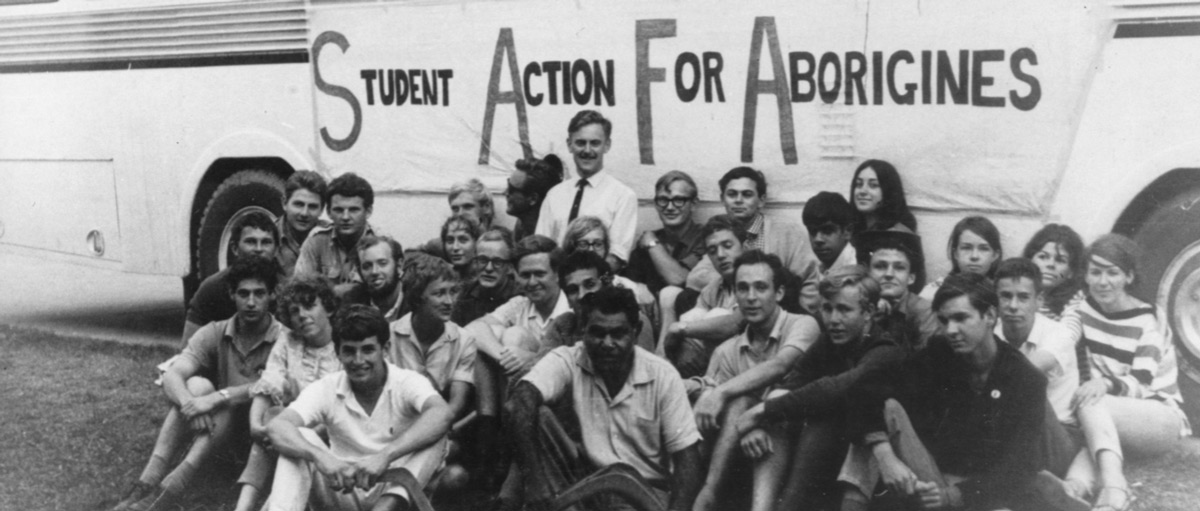
This content may contain images, names, or voices of deceased persons and may include outdated or culturally sensitive language, presented for historical accuracy and with respect to First Peoples’ perspectives.
In the 1965 Freedom Ride from 12-26 February, Arrernte man Charles Perkins led a group of university students across NSW to shine a light on injustice towards First Peoples.
The Freedom Ride was a form of non-violent direct action inspired by civil rights movements of USA and South Africa.
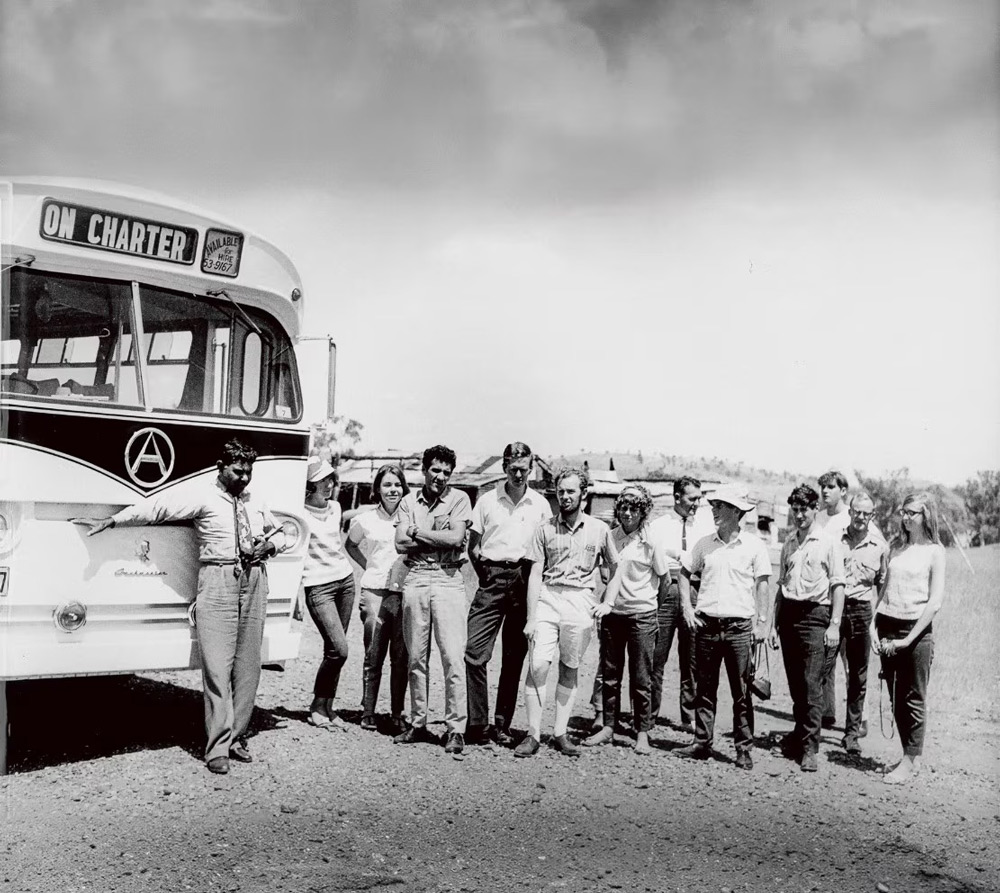
Its purpose was to witness, publicise and challenge injustice, segregation and racism faced by Aboriginal people in regional towns in NSW.
During their 15-day journey, the group directly challenged a ban against Aboriginal ex-servicemen at the Walgett RSL, and local laws barring Aboriginal children from the Moree and Kempsey swimming pools.
The group ensured their protests were covered by the media which helped in bringing national and international press attention to the racial discrimination of First Peoples across Australia. This stirred public debate across the country.
On their return to Sydney, students followed through by taking their research to the state authorities, contributing to inquiries and the campaign for the 1967 referendum that changed the Australian Constitution.
Charles Perkins reported the events of the Freedom Ride to 200 people at the 1965 Federal Council for the Advancement of Aborigines and Torres Strait Islanders (FCAATSI) conference in Canberra.
‘The problem is out in the open now,’ he told them.
30 years on from the 1965 Freedom Ride, Mr Perkins takes a look back.

The group ensured their protests were covered by the media which helped in bringing national and international press attention to the racial discrimination of First Peoples across Australia. This stirred public debate across the country.
